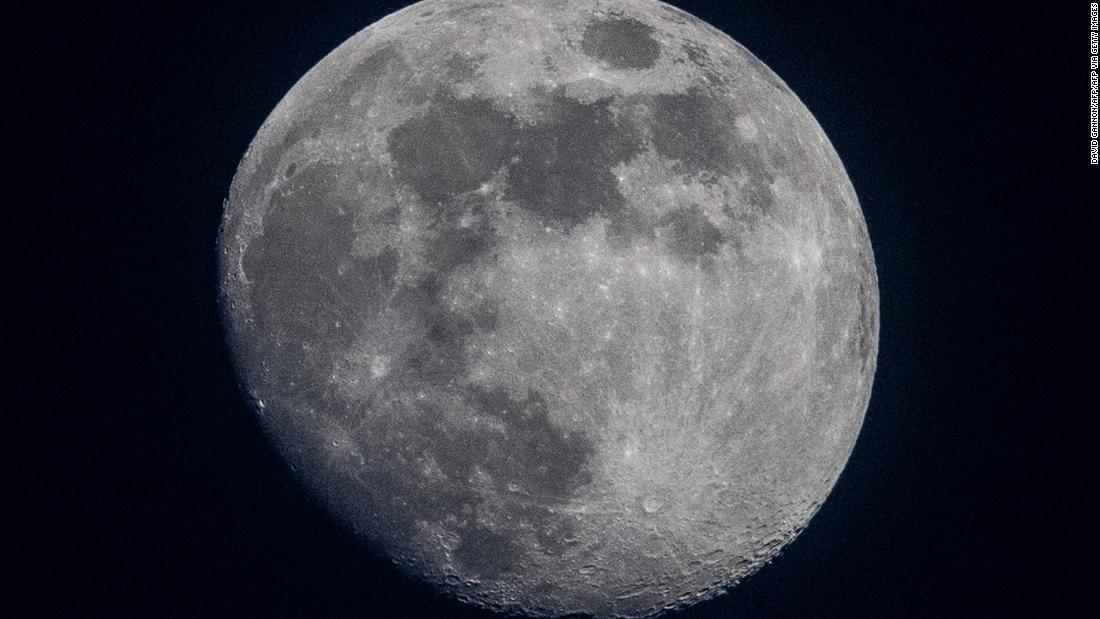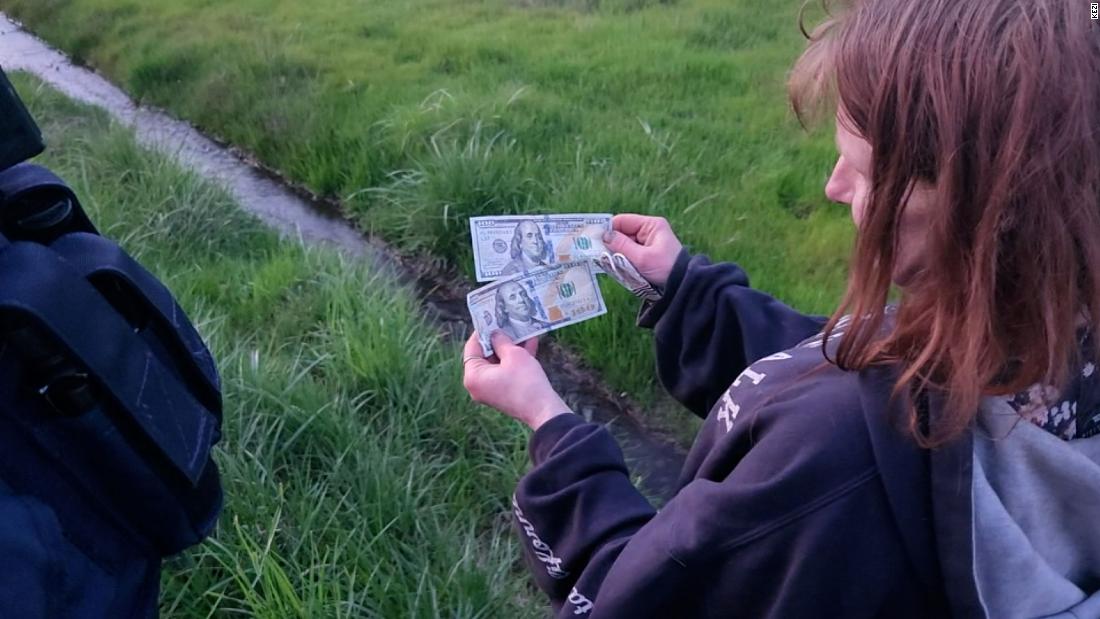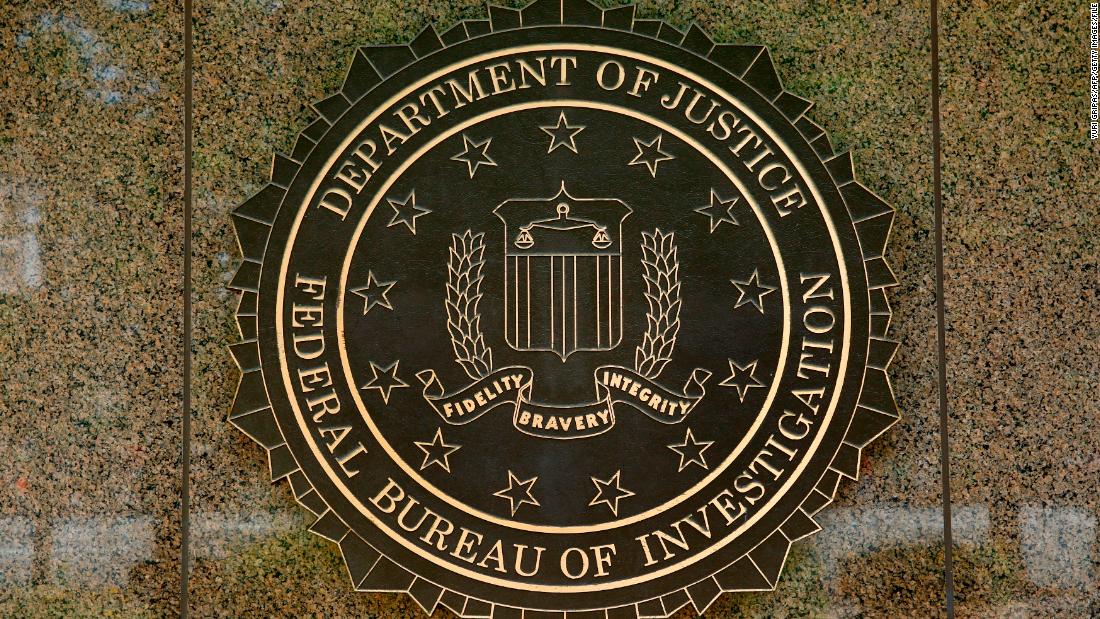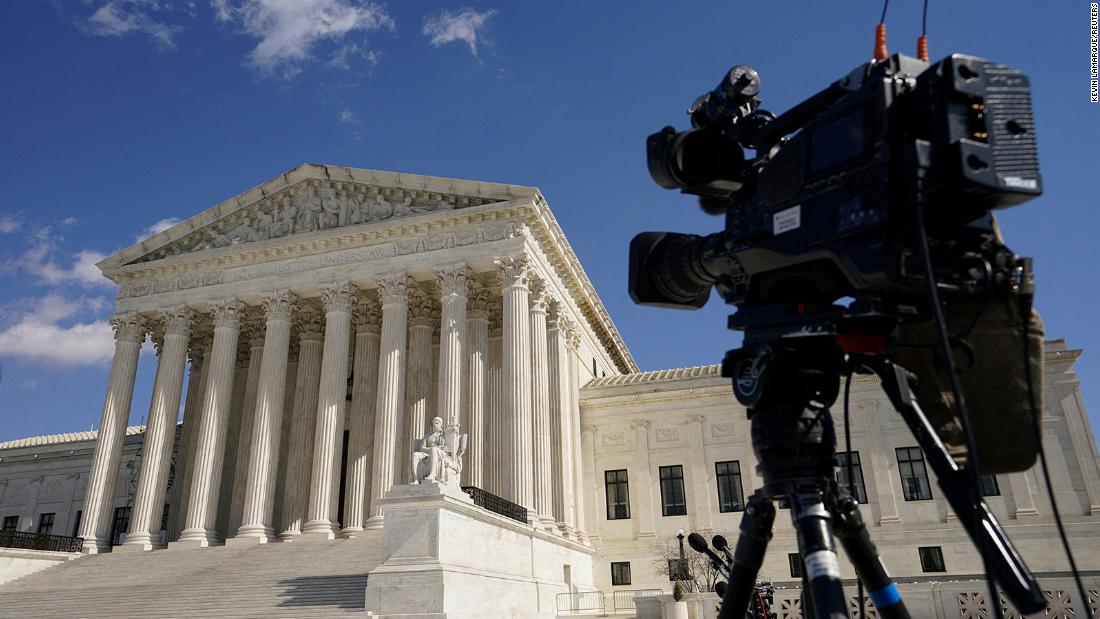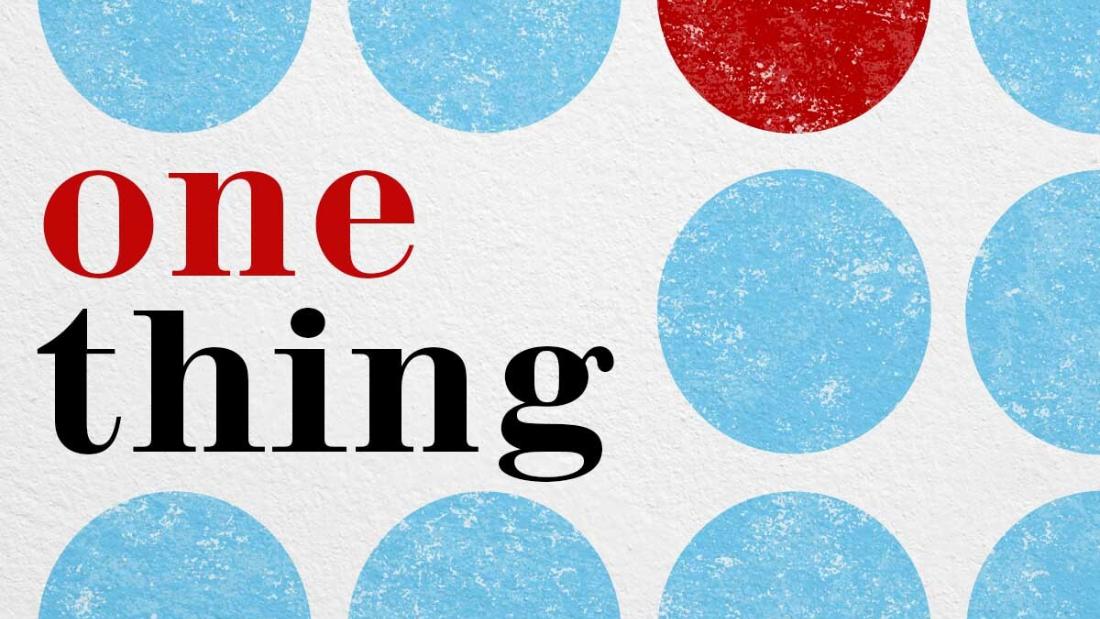SAINT George’s Day is traditionally celebrated on the same day each year, but there is a major change for the 2025 version of the holiday.
The Church of England has announced that the celebration has been moved to avoid it clashing with another holiday.
Morris dancing is a popular way of marking St George’s DayGetty Images
Celebrations are held across the country for St George’s DayGetty Images
A moveable date
St George’s Day is traditionally celebrated on April 23 each year as this is believed to be the date of the saint’s death.
In 2025, however, the date has been moved to April 28.
This is because St George’s Day cannot fall within a week before or after Easter.
Easter is a movable feast, determined by the lunar calendar.
It is always celebrated on the first Sunday after the first full moon that occurs on or after the spring equinox.
This means it took place on April 20 in 2025, which led the Church of England to move the date of St George’s Day.
The Church of England prioritises Easter as the most significant celebration in the Christian calendar.
The story of St George
The St George’s Day story dates all the way back to the 9th Century, when it originally was about St Theodore Trio.
However, most modern understandings of the story are based in the 11th and 12th Century versions.
The story is focused on a village in Cappadocia, Turkey, though this is changed to Libya in later versions.
In the tale, villagers are forced to feed their sheep to a greedy dragon and, when they run out of livestock, decide to offer up their princess to the creature.
St George slays the dragon in the story, rescuing the princess from the monster.
England adopted St George as its patron saint, as his story is centred on bravery and honour.
Although it is not a bank holiday, England has celebrated St George’s Day as a national holiday since the 15th Century.
England’s St George’s Day traditions
England has a wide variety of St George’s Day celebrations, each relating to the country’s long history.
Morris dancing is a particularly popular tradition, as groups gather to showcase their region’s own style of dance.
Punch and Judy shows, which date back to 1662, are also popular over the holiday.
Medieval and renaissance fairs are held across the country, showcasing English culture throughout time.
Some events, such as the one in Trafalgar Square, even have huge models of the dragon.
Ahead of the 2025 celebrations, the Labour Prime Minister Keir Starmer called for the day to be an opportunity for unity across the country.
He said: “Yet now, we can see people trying to sow division in our communities.
“People taking the red and white of our flag with them as they throw bricks at businesses.
“That is what happened last year in the riots.
“And we must fight it.
“Because it was the aftermath of the riots that showed what it means to be English.
“It marked the coming together of a country.
“People who got together the morning after, all across Britain.
“With shovels, brooms, and brushes, to clean up their communities.
“Rebuilding walls, repairing damage.
“It’s in that spirit that we reclaim our flag for our country.
“For English decency, honour and fairness.
“Wrench it out of the hands of those who want to divide this nation.
“And reclaim it for good.”
Published: [#item_custom_pubDate]


































